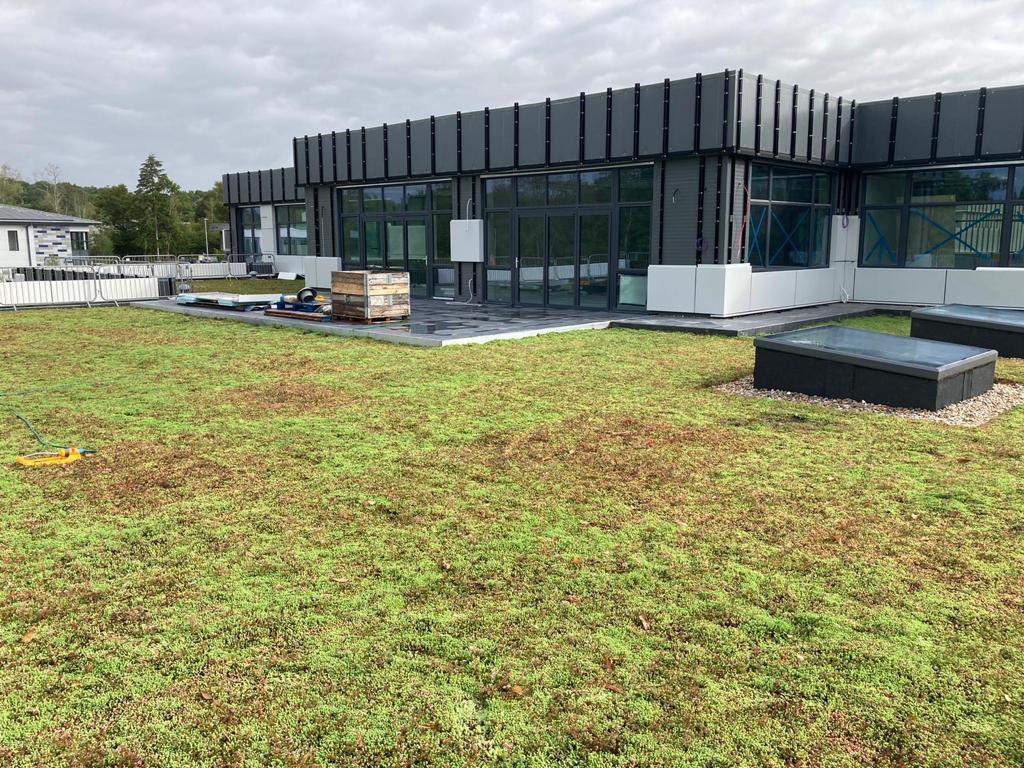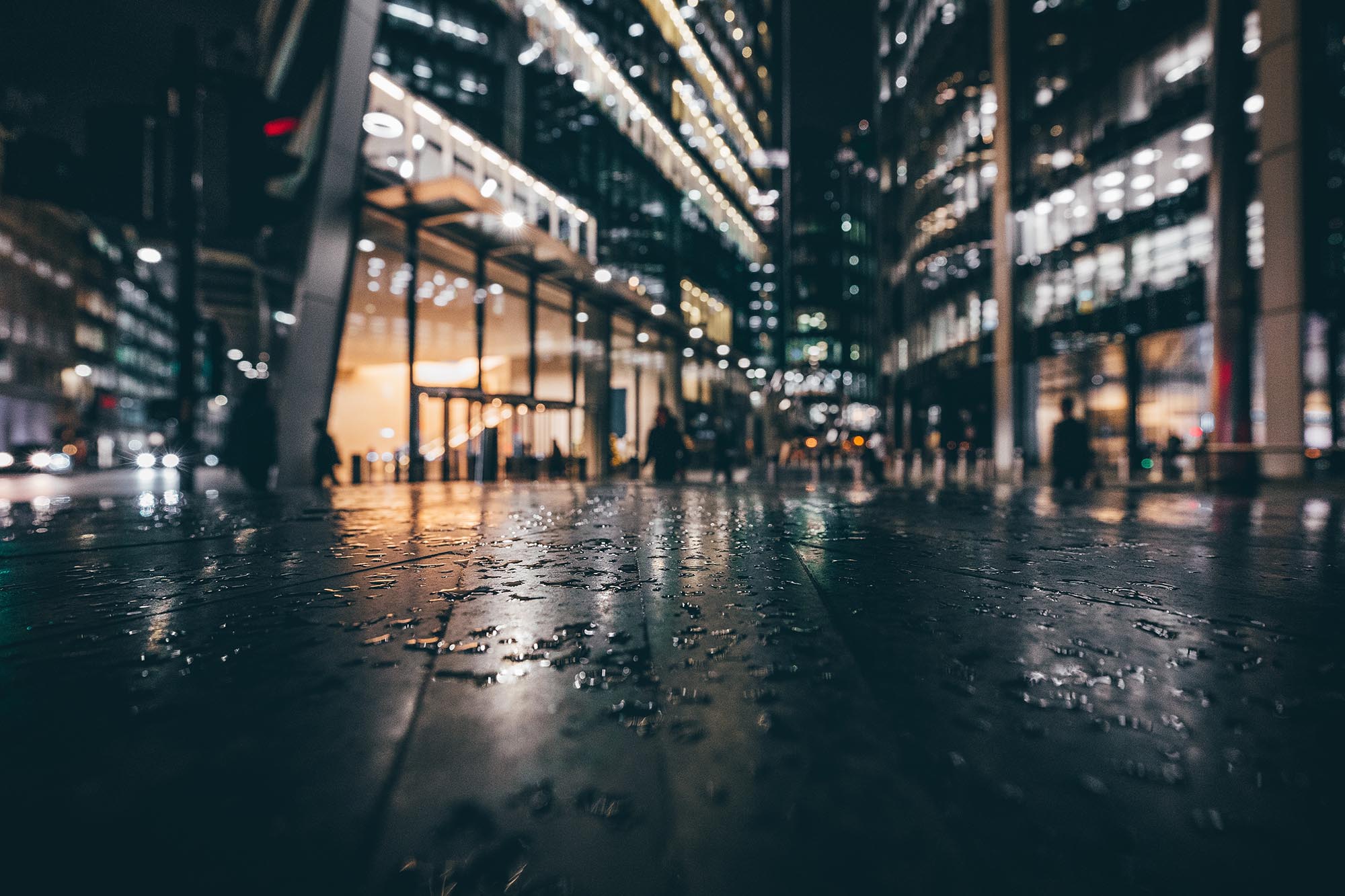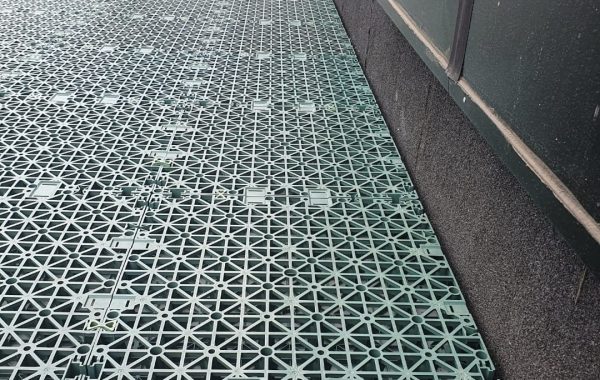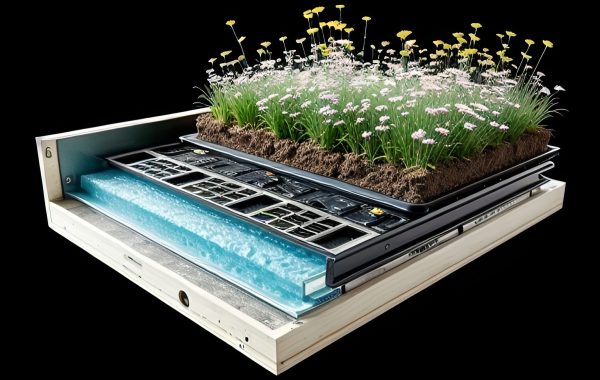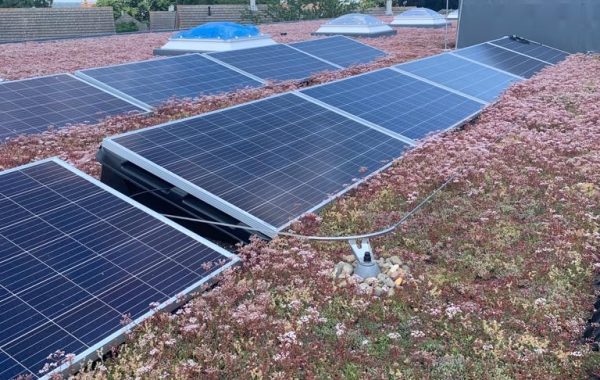Crafting Sustainable Stormwater Solutions
Elevating Urban Resilience through Thoughtful Design
Introduction
In the realm of sustainable urban development, blue roofs are making waves as innovative solutions for managing stormwater. Architects, quantity surveyors, and urban planners are increasingly turning to blue roofs to address the complex challenges of urbanisation while fostering sustainability. This article delves into the intricate art of blue roof design, exploring its principles, considerations, and significance in shaping resilient urban landscapes.
The Fundamentals of Blue Roof Design
1. Hydraulic Engineering Expertise:
- Blue roof design begins with a profound understanding of hydraulic engineering principles. Designers must calculate the expected rainfall, runoff rates, and storage capacities to ensure effective stormwater management.
- The design should account for variations in rainfall intensity and duration, as well as local climate conditions.
2. Customised Storage Elements:
- The heart of any blue roof design lies in its storage elements. These are carefully chosen or custom-designed to suit the project’s needs.
- Designers must consider factors such as the required storage depth, materials, and control mechanisms for regulated release.
3. Integration with Building Structure:
- Blue roofs should seamlessly integrate with the building’s structural design. The roof’s load-bearing capacity, support structure, and access points must be carefully planned.
- Collaboration with structural engineers is essential to ensure safety and functionality.
4. Control Systems and Sensors:
- Modern blue roof designs often incorporate advanced control systems and sensors. These allow for real-time monitoring and adjustment of water release.
- Sensors can detect rainfall intensity, water levels, and even water quality, enabling precise control.
Sustainable Considerations
1. Environmental Impact:
- Sustainable blue roof design emphasises minimal environmental impact. Designers aim to create systems that coexist harmoniously with local ecosystems.
- Native vegetation, greenery, and bio-filters can be integrated into the design to enhance biodiversity and water quality.
2. Energy Efficiency:
- Some blue roof systems offer thermal insulation benefits. Designers can leverage these to enhance a building’s energy efficiency, reducing heating and cooling demands.
3. Urban Aesthetics:
- Blue roofs are not merely functional; they also contribute to the visual appeal of urban landscapes. Thoughtful design can transform a roof into a sustainable oasis or an attractive green space.
The Significance of Thoughtful Design
Blue roof design isn’t just a technical endeavour; it’s a creative process that shapes urban resilience and sustainability:
- Adaptability: Thoughtful blue roof design allows for adaptability to various project requirements, from flood mitigation to sustainable landscaping.
- Resilience: Well-designed blue roofs contribute to urban resilience by managing stormwater efficiently and reducing the risk of flooding.
- Sustainability: Sustainable blue roof design aligns with environmental responsibility, conserving water resources, and fostering eco-conscious urban environments.
Conclusion
In conclusion, blue roof design is a multifaceted discipline that merges engineering precision with environmental consciousness. For architects, quantity surveyors, and urban planners, it offers a canvas for crafting sustainable stormwater solutions that transcend the functional into the realm of art and resilience.
As we continue to explore the possibilities of blue roof design, we take bold steps toward creating urban spaces that not only weather the storms of the future but thrive in harmony with nature, symbolising a brighter, more sustainable tomorrow.
Have a project in mind? Send a message.
Send a message